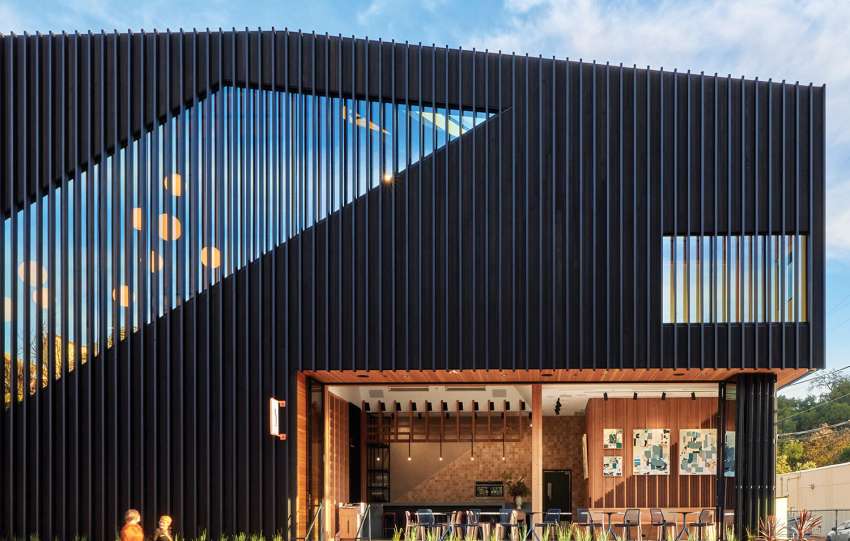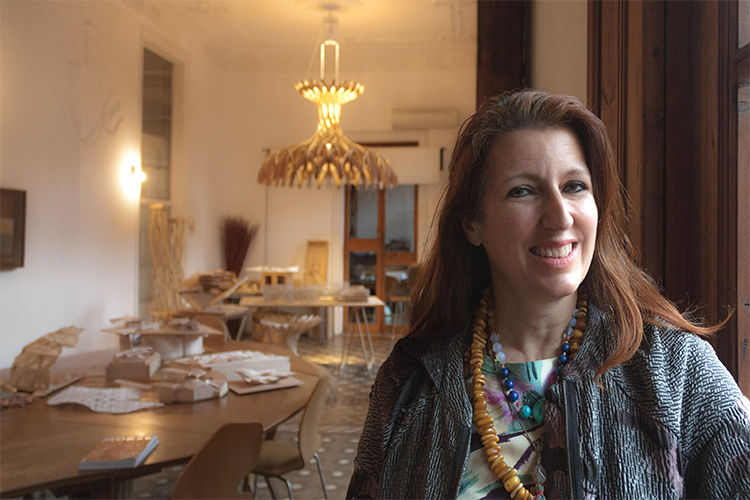Abha Narain Lambah is one of India’s most respected conservation architects, widely acclaimed for her tireless efforts in restoring and preserving the country’s architectural and cultural heritage. In a time when modern development often threatens historical legacy, Lambah’s work bridges the past with the future—ensuring that India’s ancient buildings, forts, palaces, and public spaces continue to thrive with dignity and relevance.
Through her practice, Abha Narain Lambah Associates, she has led dozens of critical heritage restoration projects across India. Her philosophy combines rigorous research, sensitive design, and public engagement, proving that conservation is not about freezing the past, but reviving it meaningfully for generations to come.
Early Life and Education
Abha Narain Lambah was born and raised in India in an environment rich in culture and history. Her early fascination with historical monuments and storytelling led her to see architecture not merely as construction, but as a narrative of civilization.

She pursued her undergraduate degree in architecture from School of Planning and Architecture (SPA), New Delhi, where she was exposed to a wide range of architectural practices. Her interest in heritage conservation grew during her studies, prompting her to take a specialized path not typically favored in mainstream architectural careers.
Lambah later earned a Master’s degree in architectural conservation from the University of York, United Kingdom—an institution well-regarded for its heritage and conservation studies. Her time in the UK deepened her understanding of international conservation practices and ethics, which she brought back to India to contextualize within the country’s unique cultural and climatic realities.
Career and Philosophy
In the late 1990s, Abha Narain Lambah established her own conservation practice, Abha Narain Lambah Associates, based in Mumbai. It was a bold move at the time—heritage conservation was still seen as a niche, underfunded, and often bureaucratic field in India.
However, Lambah’s dedication, scholarship, and meticulous approach quickly earned her national recognition. She began taking on both public and private projects across India, often dealing with highly complex structures like ancient forts, palaces, temples, museums, and urban precincts.
Her philosophy is guided by the principle of minimum intervention with maximum impact. She believes that each building has a story embedded in its stones, and the role of a conservation architect is to listen, research, and then intervene with respect and responsibility.
She is not just an architect but also a historian, researcher, and policy advocate. She has authored several reports, conservation management plans, and has worked with international agencies like UNESCO and the World Monuments Fund.
Signature Project: Restoration of Mumbai’s Royal Opera House
Among her many acclaimed projects, one of the most iconic is the restoration of the Royal Opera House in Mumbai, a project that perfectly encapsulates her approach to conservation, cultural revival, and urban regeneration.

Background and Historical Significance
Built in 1911 and inaugurated by King George V, the Royal Opera House in Mumbai was a symbol of colonial grandeur and cultural sophistication. It was once the epicenter of Mumbai’s performing arts scene, showcasing operas, plays, and early films. However, by the late 20th century, it had fallen into a state of disrepair and was shut down.
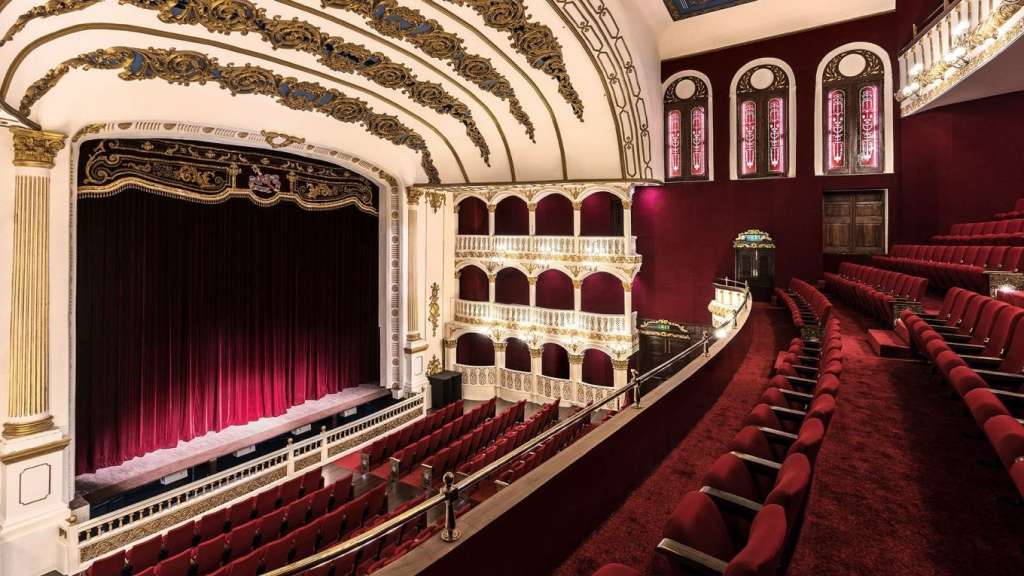
For decades, the building stood crumbling, its heritage fading in the backdrop of the city’s booming real estate. Most people believed it was beyond repair. But in 2008, the restoration was commissioned by the royal family of Gondal, who still held ownership of the building. Abha Narain Lambah was chosen to lead the conservation effort.
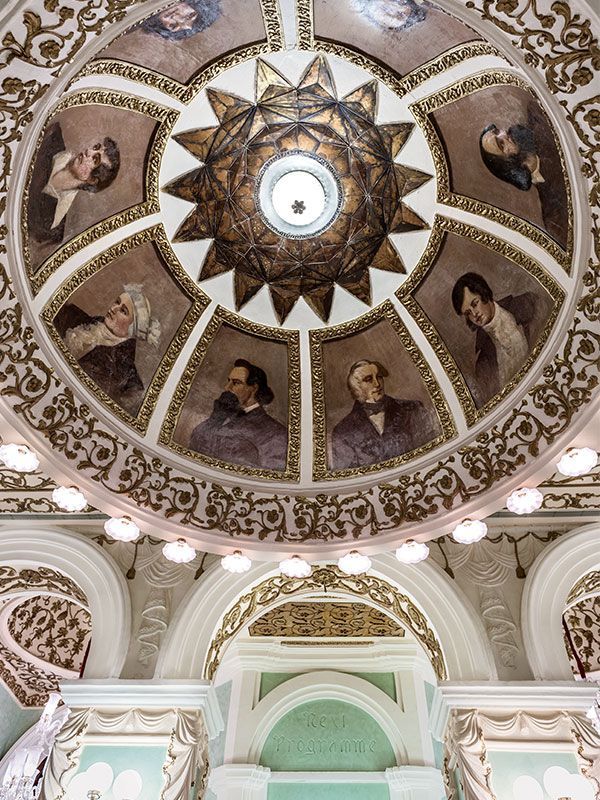

The Restoration Process
Lambah’s restoration of the Opera House was a monumental task. The building had suffered severe structural damage, with collapsed ceilings, faded frescoes, and termite-infested woodwork. Every element of the building had to be either carefully preserved, repaired, or in some cases, reconstructed using traditional methods and materials.
What made this project extraordinary was the attention to historical accuracy. Lambah’s team undertook extensive archival research, looking into old photographs, drawings, and materials records. They sourced plaster motifs, gilded moldings, Burmese teak wood, and Italian marble, carefully restoring every detail—from the majestic proscenium arch to the chandeliers and stained-glass windows.
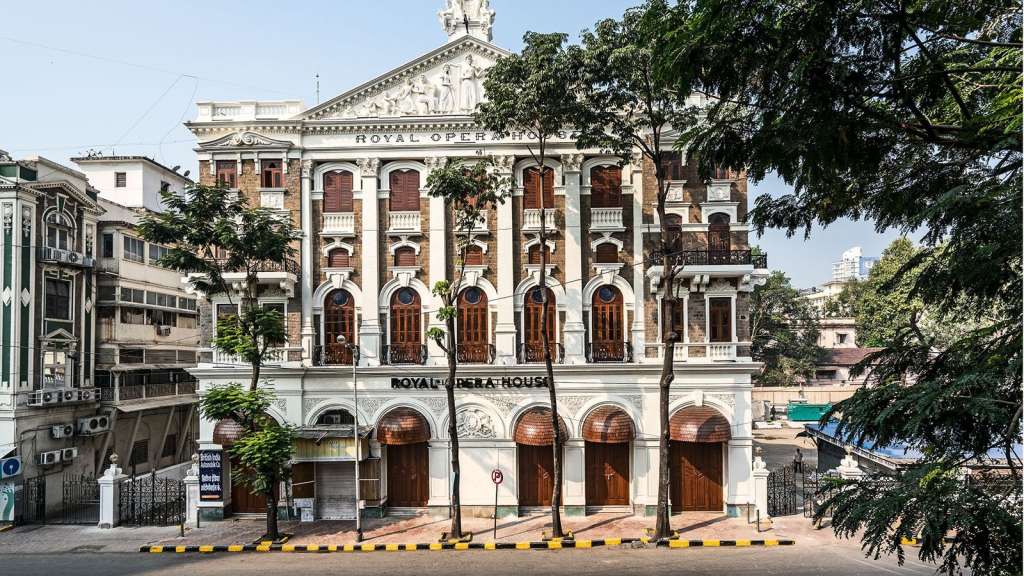
The conservation followed international best practices, including the Burra Charter principles for cultural significance. The seating layout was preserved, acoustics were updated, and backstage areas modernized—all while keeping the architectural soul of the building intact.
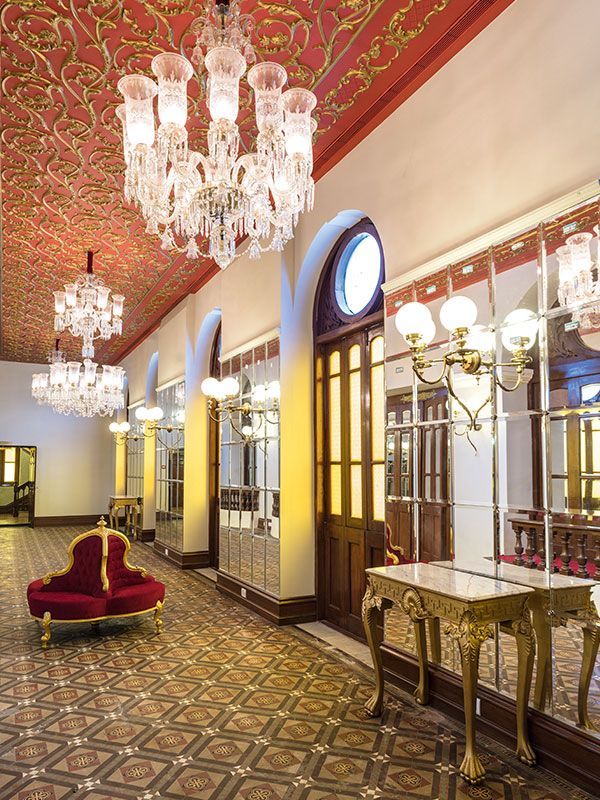
Cultural and Public Impact
The Royal Opera House officially reopened in 2016 with much fanfare. Its revival was hailed as a landmark in India’s heritage conservation movement. It is now a vibrant venue for concerts, film festivals, theatre, and cultural gatherings—serving as a bridge between Mumbai’s glorious past and its creative future.
Lambah received numerous accolades for this project, including the UNESCO Asia-Pacific Award for Cultural Heritage Conservation. The project has since become a textbook example of how architectural conservation can revitalize not just a building, but a city’s cultural life.
Other Notable Works
Abha Narain Lambah’s portfolio spans across India, including the Ajanta Caves Visitor Centre, Jaisalmer Fort, Chowmahalla Palace in Hyderabad, Golkonda Fort, Maharaja’s Palace in Wankaner, and HRIDAY city heritage plans for places like Amritsar and Varanasi.
She has also contributed to the restoration of several museums, including the CSTM Museum (Mumbai’s old GPO building) and the Museum of Indian Cinema. In 2020, she worked on conservation plans for the Victorian Gothic and Art Deco Ensembles of Mumbai, helping them secure UNESCO World Heritage status.
Legacy and Influence
Abha Narain Lambah has not only restored buildings—she has reshaped the narrative of what architecture can do for a country’s memory, culture, and identity. She is among the few architects in India who have shown that conservation is not a backward-looking practice, but a forward-thinking engagement with history.
She often speaks at global forums, is a jury member for architectural awards, and teaches heritage conservation to young architects. Her work has influenced public policy, encouraging municipalities and governments to adopt heritage-sensitive urban development models.
In 2022, she was conferred with the Padma Shri, one of India’s highest civilian honors, for her contribution to architecture and heritage conservation.
Conclusion
Abha Narain Lambah’s journey is a testament to the power of belief, patience, and scholarship in architecture. In an era dominated by steel and glass, her quiet yet profound work reminds us that our future must be rooted in an understanding of our past. She has given India not just restored buildings, but restored pride in its architectural history. Through every conserved dome, column, and courtyard, she tells a story that deserves to be heard, remembered, and celebrated.



